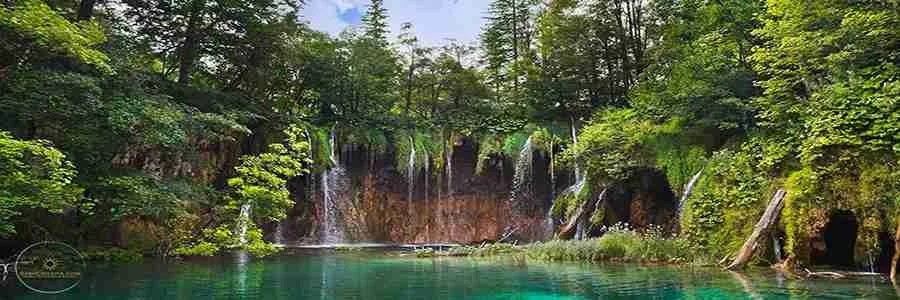Located at the very entrance to the Lim Bay, Vrsar – Istria – Croatia is a place of magical sea views, vibrant colors, and typical Mediterranean beauty.

Preserving its fishing tradition and rich historical heritage, Vrsar, Istria. Croatia has been attracting tourists and artists for decades. At the same time the untouched nature of the Lim Bay. The marina and the sports airport attract adventurers and adrenaline lovers.
The medieval old town of Vrsar lies on a hill overlooking the sea. Therefore, numerous viewpoints offer an unforgettable view to the open sea and the archipelago of 18 islets. A sanctuary for fishermen and sailors, an source of inspiration for artists. A beloved spot of the famous Casanova.
The Vrsar arcipelago is one of the most indented archipelagos not only in Istria, but also in the wider area of the Adriatic. It consists of numerous larger and smaller islands. Many are mostly uninhabited and enchanting in their natural beauty.
The Church of St. Martin is one of the most impressive symbols of the city. The beautiful church stands out from the multitude of other houses and is an imposing piece of architecture. The church itself, built more than 130 years ago. The construction began in 1804 with the laying of the foundation stone and with completion in the 1935.
The Church of St. Martin is located next to the walls of the Vrsar Castle with a tall bell tower and a parish house. Also fitting for the area are the nature motifs of the church’s interior decor. The valuable religious paintings on the interior, created in the 1946 by the Rovinj native painter Antonio Macchi. You can visit the bell tower today for only 1.30 euros for adults and 0.70 euros for children.

The Church of St. Michael over Lim houses one of the oldest frescoes in Istria and the wider region. It belongs to an earlier phase of fresco painting in Istria and to the oriental-Hellenic and Byzantine style adopted here through the efforts of the Ottonic (German) school. Created in the 11th or 12th centuries, with significant pre – Romanesque features.
Vrsar developed within the walls in the Middle Ages. Up until the second half of the 17th century, the entire Vrsar found itself cramped inside the city walls, but due to a demographic expansion. The city continues spreading outwards since. The best-preserved parts of the town walls are by the Great Gate and the Small Gate. Two Romanesque turrets built to be a part of the fortification system. The walls of the Vrsar castle and are also a part of the fortification system in Vrsar. They walls are well-preserved and crenelated.
Castle Vrsar ( Kastel) has played a very important role in the life of the local population and the bishops of Poreč. For a long time, the Castle was a strong fortress, behind which bishops found their peace and quiet to perform their episcopal duties, while, in the times of danger, the Castle served also as a shelter. The Castle’s renovations occurred many times, especially from the 14th to the 18th century.
The Great Town Gate is located in the immediate vicinity of the Church of St. Fosca. In the Middle Ages and the Modern Period, it was the central entrance into the town. The only constructed road in the Vrsar area stretched through it towards the foot of the Vrsar hill. The Great Gate belongs to the Vrsar fortification system. Built in the Middle Ages, it has Romanesque characteristics, and assumed today’s final form in the second half of the 18th century, when the Venetians placed their heraldic insignia above it. The town gate would close at 7 p.m. in winter and at 8 p.m. in summer, remaining closed until dawn.
The Small Town Gate in Vrsar located in the immediate vicinity of the Church of St Anthony of Padua. It was a secondary and mostly pedestrian entrance into Vrsar. The Small Gate is also a part of the Vrsar fortification system. Built in the Middle Ages, has Romanesque characteristics, and assumed today’s or final form in the second half of the 18th century, when the Venetians placed their heraldic insignia above it. Unlike the Great Gate, this gate has a well-preserved wooden structure barring entry into the town, which is a rare case in Istria. The Small Town Gate in Vrsar, together with the passage connected to it within the walls, allow entry to the main town square (where the parish church was historically located), representing the quickest way out of town from the main square.
In Vrsar, gourmands will have a field day sampling all the many flavors of Istrian specialties while relaxing in renowned restaurants. In summer, many love to simply kick back and relax on a sun-kissed beach, while autumn and winter are perfect for strolling through the narrow and winding streets of the old town and discovering the history of this region. Vrsar is the perfect place to relax and unwind at any time of the year!

Discover the Charm of Istria


